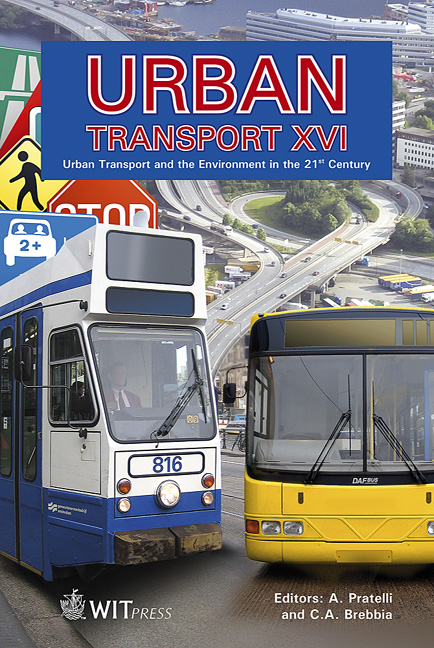Evaluation Methods For Evacuation Planning
Price
Free (open access)
Transaction
Volume
111
Pages
9
Page Range
335 - 343
Published
2010
Size
301 kb
Paper DOI
10.2495/UT100301
Copyright
WIT Press
Author(s)
F. Russo & C. Rindone
Abstract
In this paper the main evaluation methods to support evacuation planning in urban system are presented. In most cases, evaluation methods require knowledge of functions for relating variables that represent elements to evaluate. Nevertheless in real applications, functions for modelling evacuation are not always available. In these cases, sometimes it is necessary to use a method without the requirement for an explicit a priori determination of these functions. In this paper we propose two classes of methods to compare an evacuation plan, based on efficiency measures. An evacuation is represented by means of a virtual production process. An efficiency criterion is adopted to compare different evacuation process. Parametric and non parametric methods to estimate efficiency are compared. Input and output variables to represent an evacuation process are analysed. Keywords: evacuation plan, evaluation methods, efficiency, parametric and non parametric methods. 1 Introduction An evacuation plan allows one to analyse and reduce risk and its relative exposure component [1]. Evacuation planning has been developed for different systems (single building, land system, transportation system and industrial system) [2]. In recent years, modelling tools, Decision Support Systems (DSS) and real experimentations (or exercises) to simulate and to implement an evacuation have been developed. These tools assist decision makers in preparing evacuation plans [3].
Keywords
evacuation plan, evaluation methods, efficiency, parametric and non parametric methods





